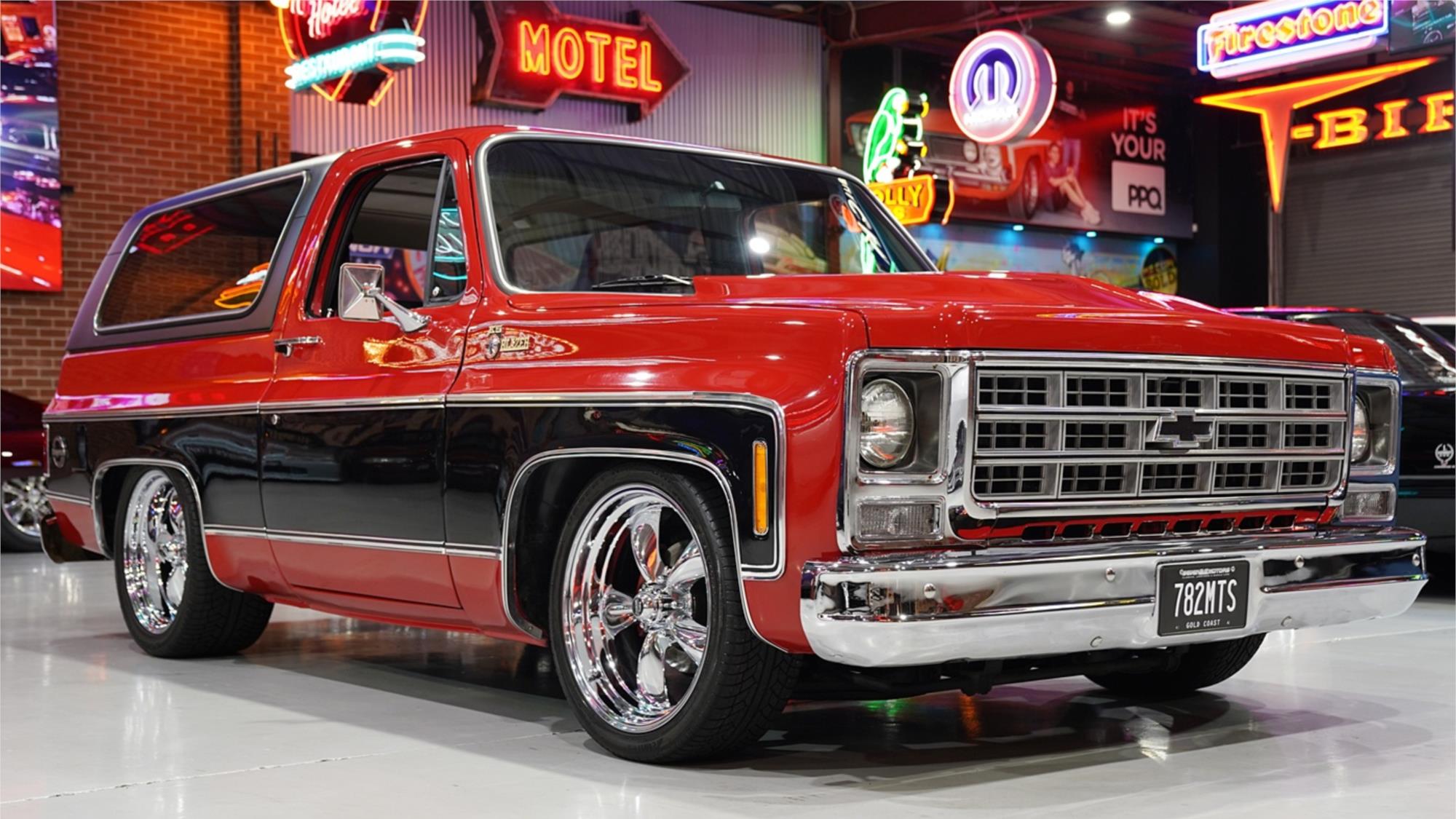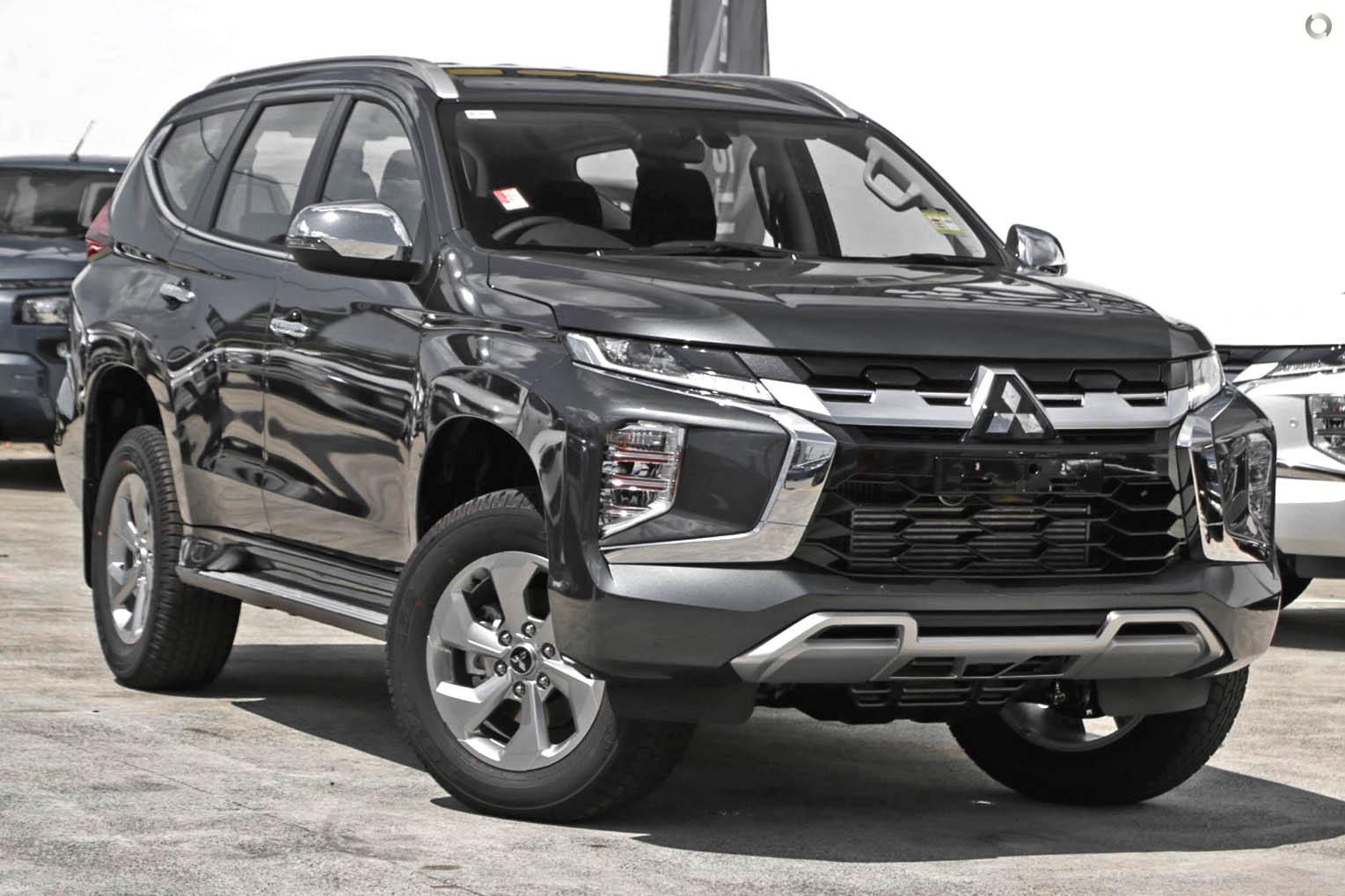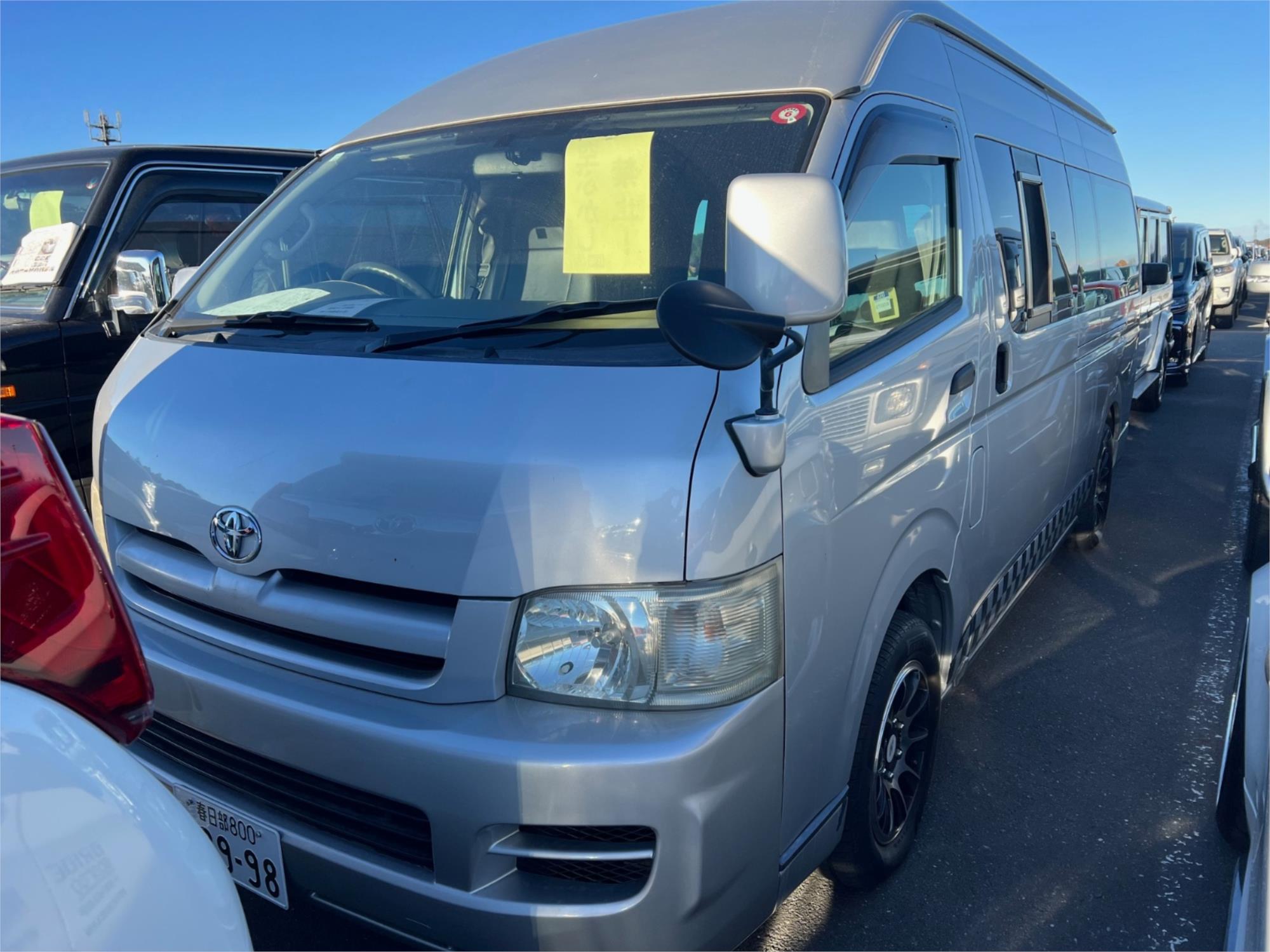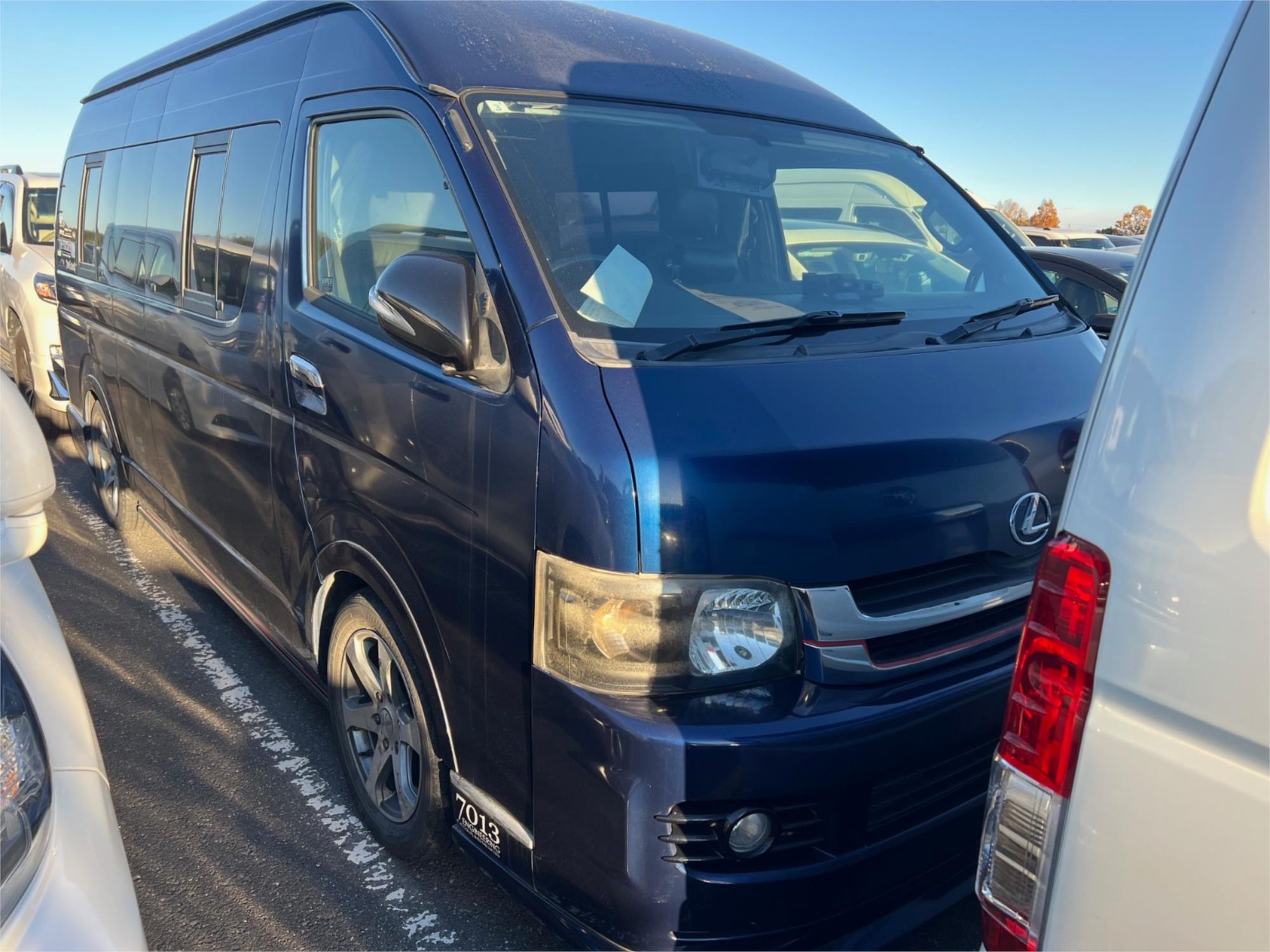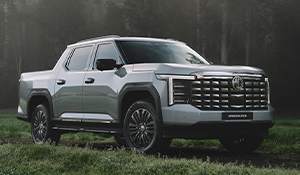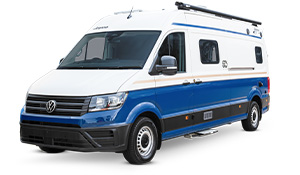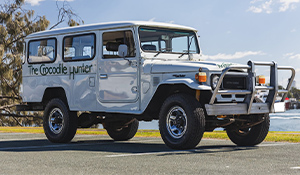Bull bars under threat!
In addition to the obvious benefits when encountering straying animals in rural areas, the bull bar provides a robust mounting point for winches, driving lights and UHF radio antennas.
Bull bars are not confined to 4x4s, with numerous bars fitted to 4x2 utilities and trade vehicles that often encounter rough and tumble conditions on work sites. The bull bar has evolved from a crude device to a state of the art piece of equipment that is designed to be compatible with vehicle airbags, and to not only enhance the look of the vehicle, but to provide a curtain of safety to vehicle and occupants.
Despite these major advances in design, once again the bull bar is under threat in Australia. The Australian 4WD Industry Council wants your assistance to defend the right of drivers to fit bull bars to appropriate vehicles.
The Australian 4WD Industry Council has launched a national online public survey to collect information from the public about their use of bull bars and nudge bars.
The safety of Australians that drive vehicles fitted with bull bars and nudge bars is threatened by proposed new Federal Government regulations, which are based on rules developed for the European environment and road conditions by the United Nations Economic Cooperation for Europe (UNECE).
The 4WD Industry Council is seeking your up-to-date information about bull and nudge bars - also known as "vehicle front protection systems" (VFPS) - for its consultations with the Department of Infrastructure, Transport and Regional Development in Canberra about the proposed regulation. This regulation focuses on pedestrian safety - not vehicle and occupant safety.
The Department has now released a Regulation Impact Statement for Pedestrian Safety Standards for public consultation, which closes on 15 April 2011. This document includes extensive discussion on "VFPS" and contains options for the regulation of bull bars.
By completing the 4WD Industry Council's survey, readers will help meet the need for current accurate data on the use of bull and nudge bars. Spokesperson Matthew Frost said the Council hopes to learn more about vehicle types, driving patterns and critical safety issues, such as animal strikes and other impacts.
Adoption of this overseas rule would make it impossible in Australia to fit bull and nudge bars, which are designed to protect drivers and passengers in front end animal strikes and other impacts. It may also ban winches and driving lights.
The Federal Department has released the proposed regulation for a three month consultation period.
"We want to collect road users' views and report them as part of the industry response," said Matthew Frost.
"The 12 question survey takes only moments to complete and is totally confidential. We will add this new data to a report recently commissioned by the Council to study animal strikes on Australian roads.
"These Council initiatives respond to the lack of uniform data about the estimated 25,000 to 30,000 vehicle-to-animal strikes occurring each year across Australia. We do not believe that good regulatory decisions can be made without proper research and without canvassing all key issues."
To complete the bull bar survey, visit the 4WD Industry Council website at www.4wdcouncil.com.au and click the survey link.
To read the Federal Government Regulation Impact Statement for Pedestrian Safety Standards, visit http://www.infrastructure.gov.au/roads/environment/files/Pedestrian safety RIS PUBLIC CONSULT FINAL.pdf



